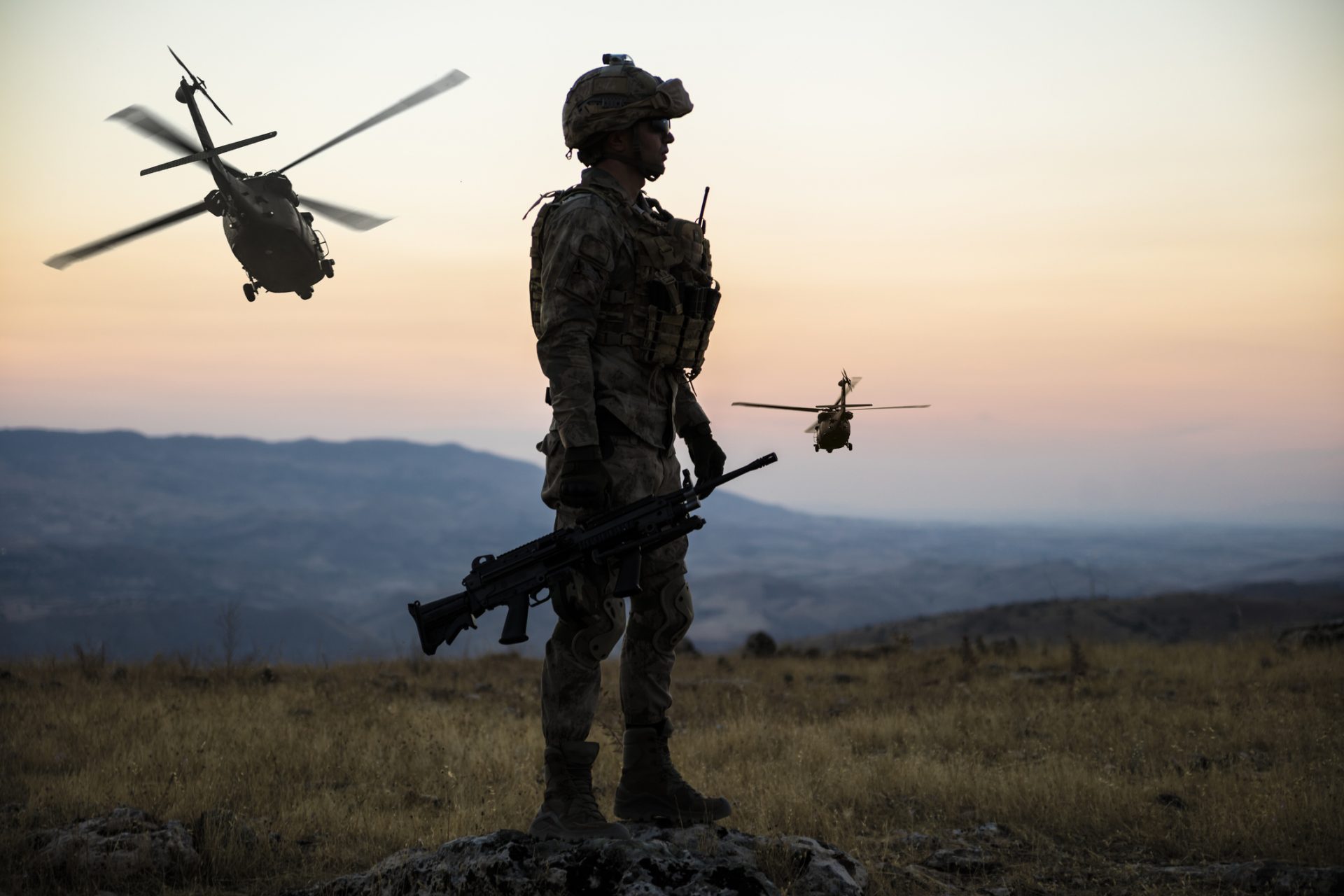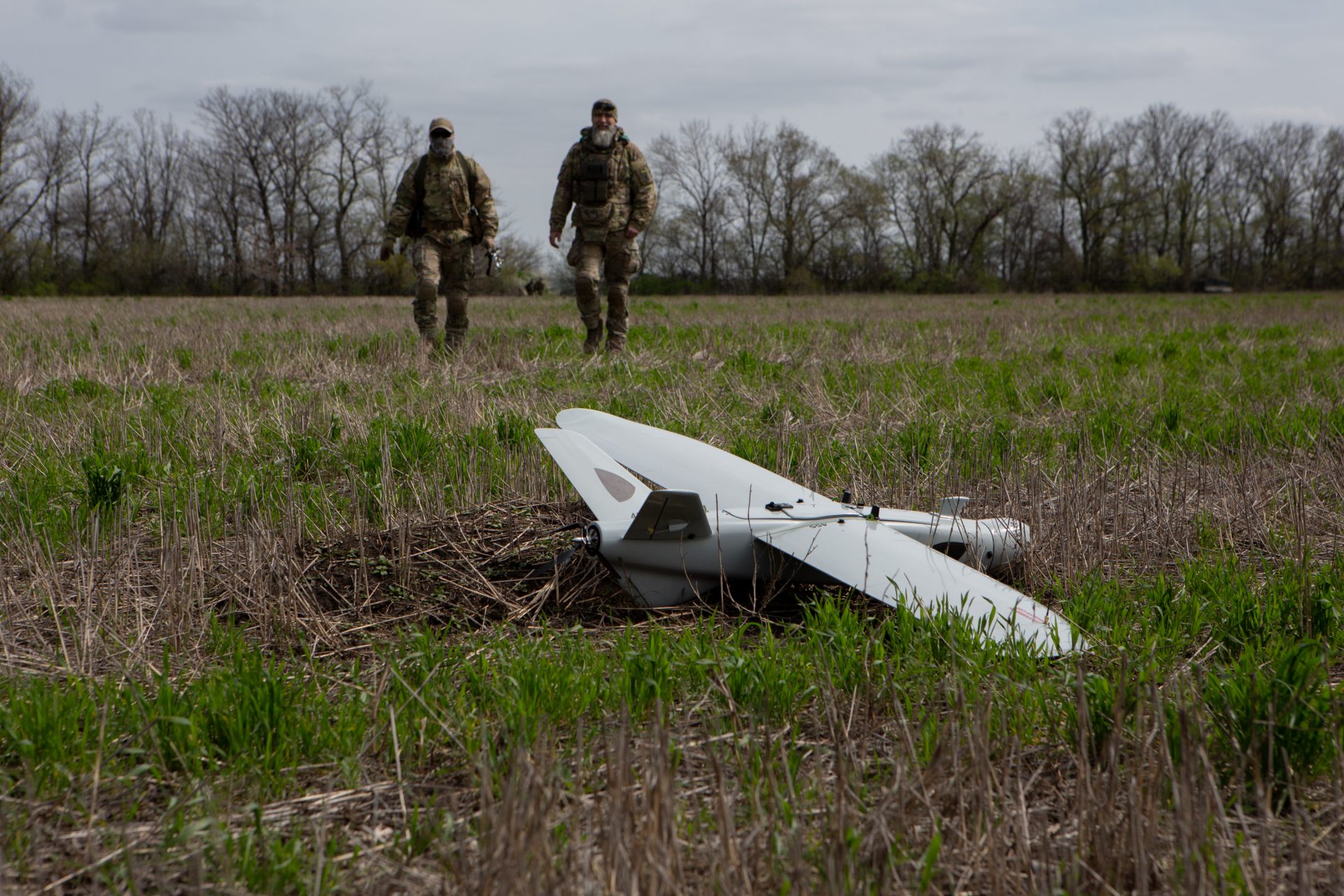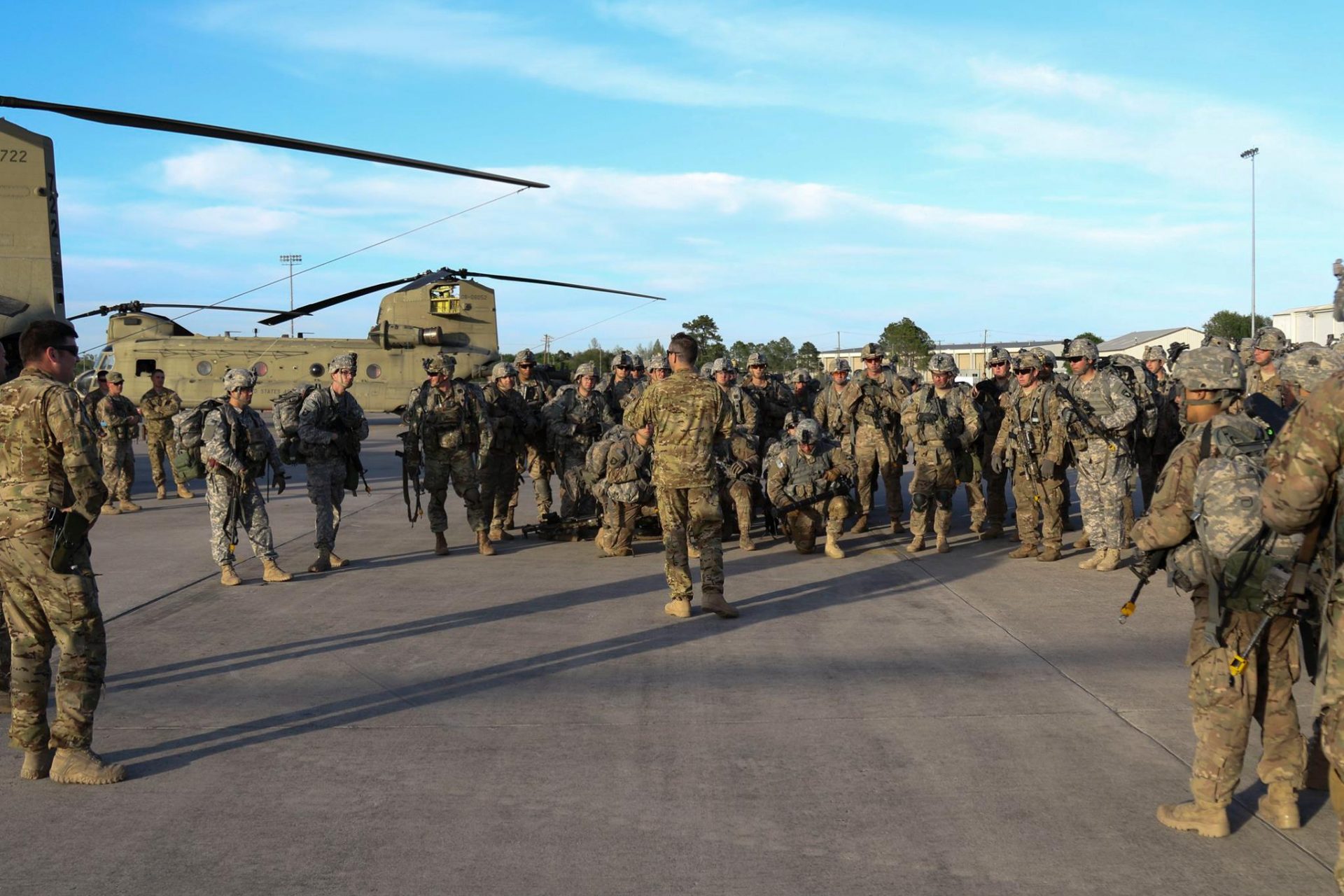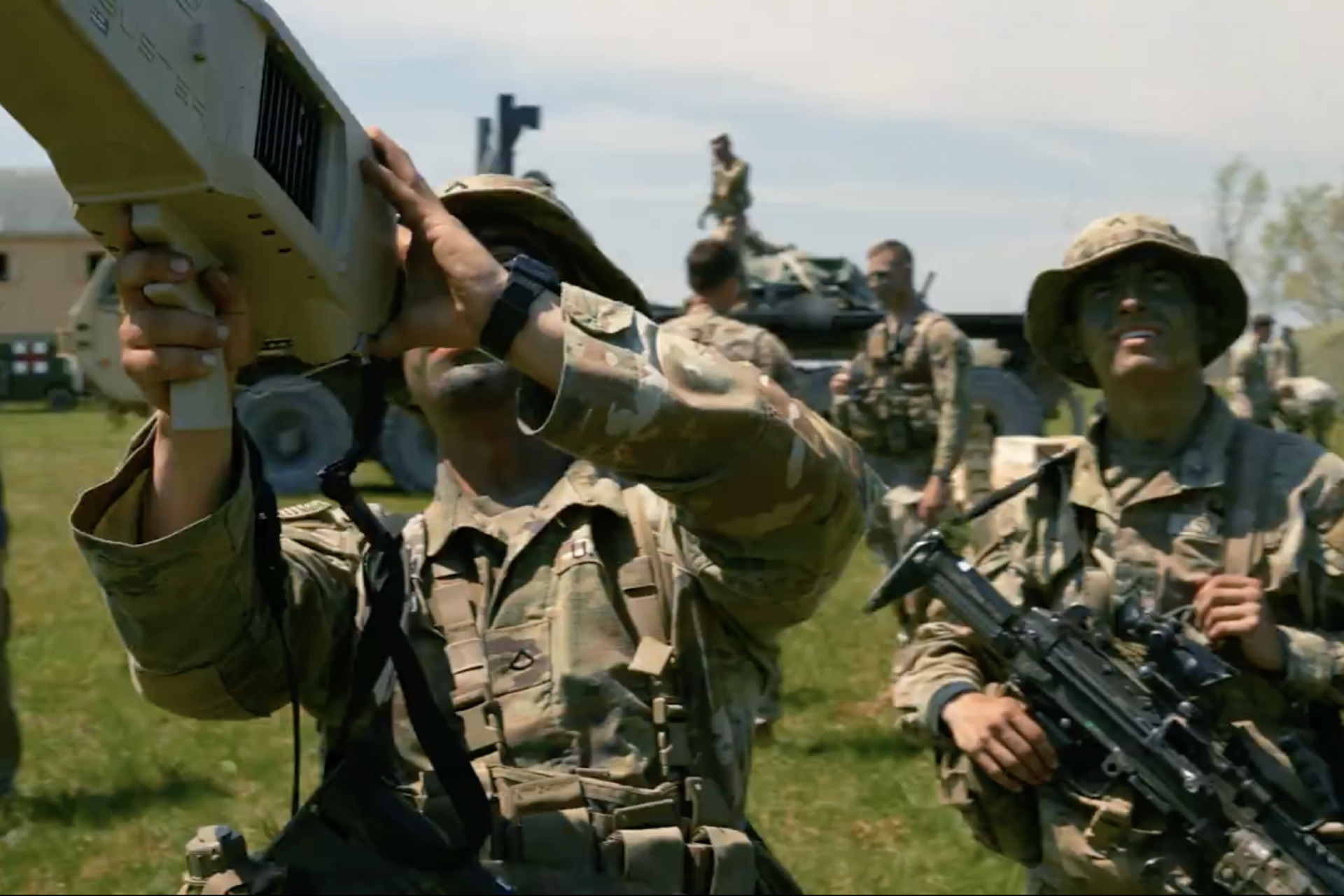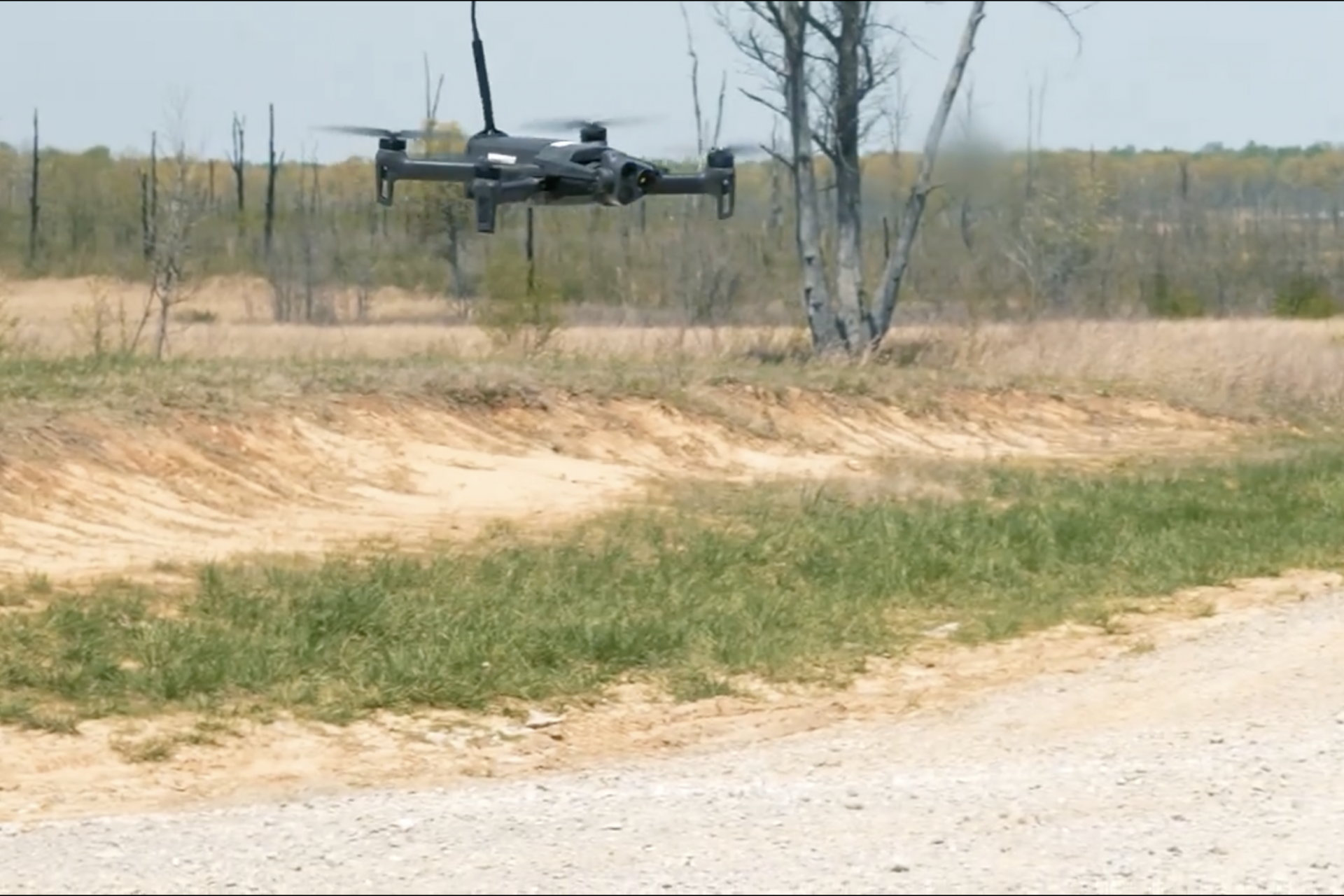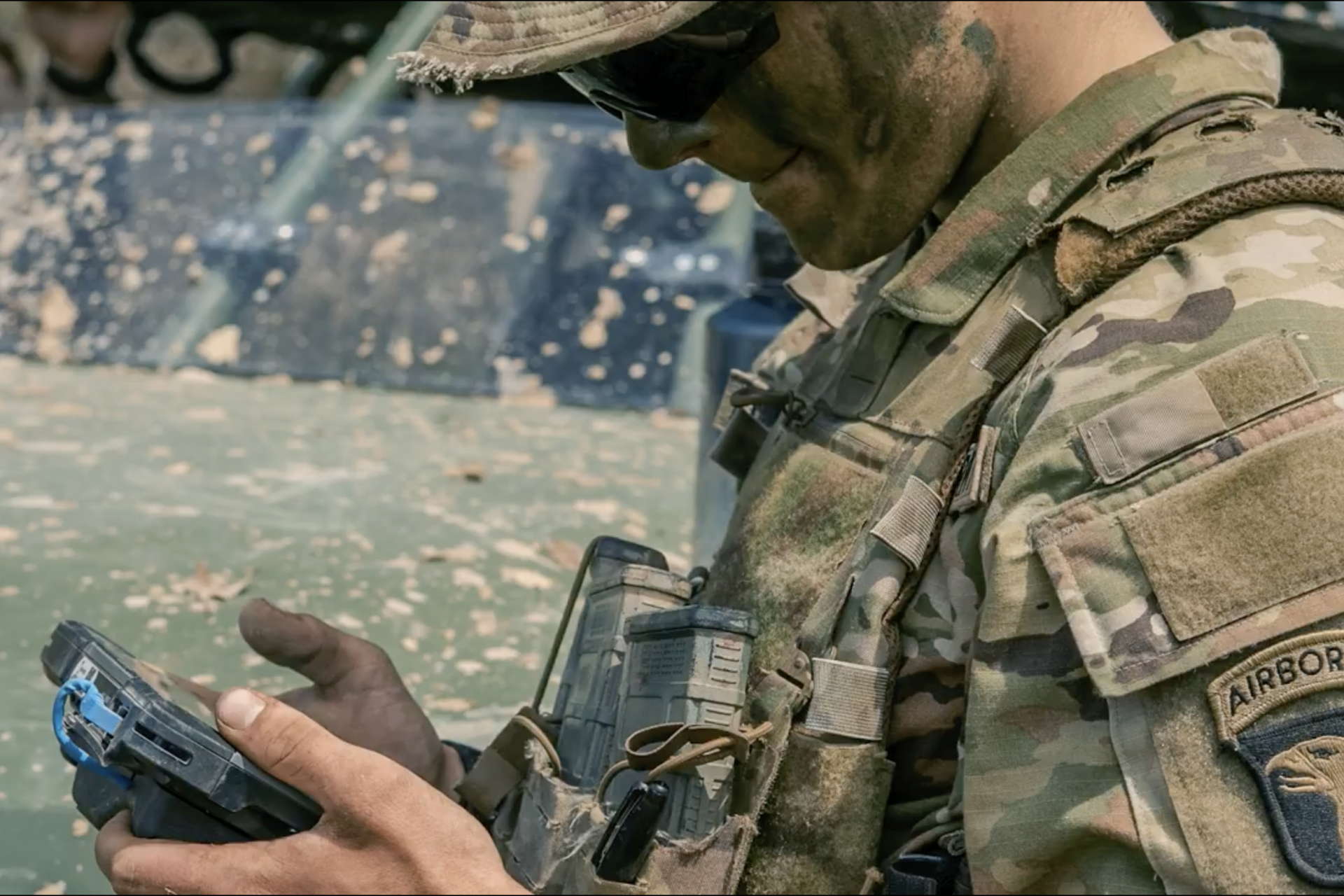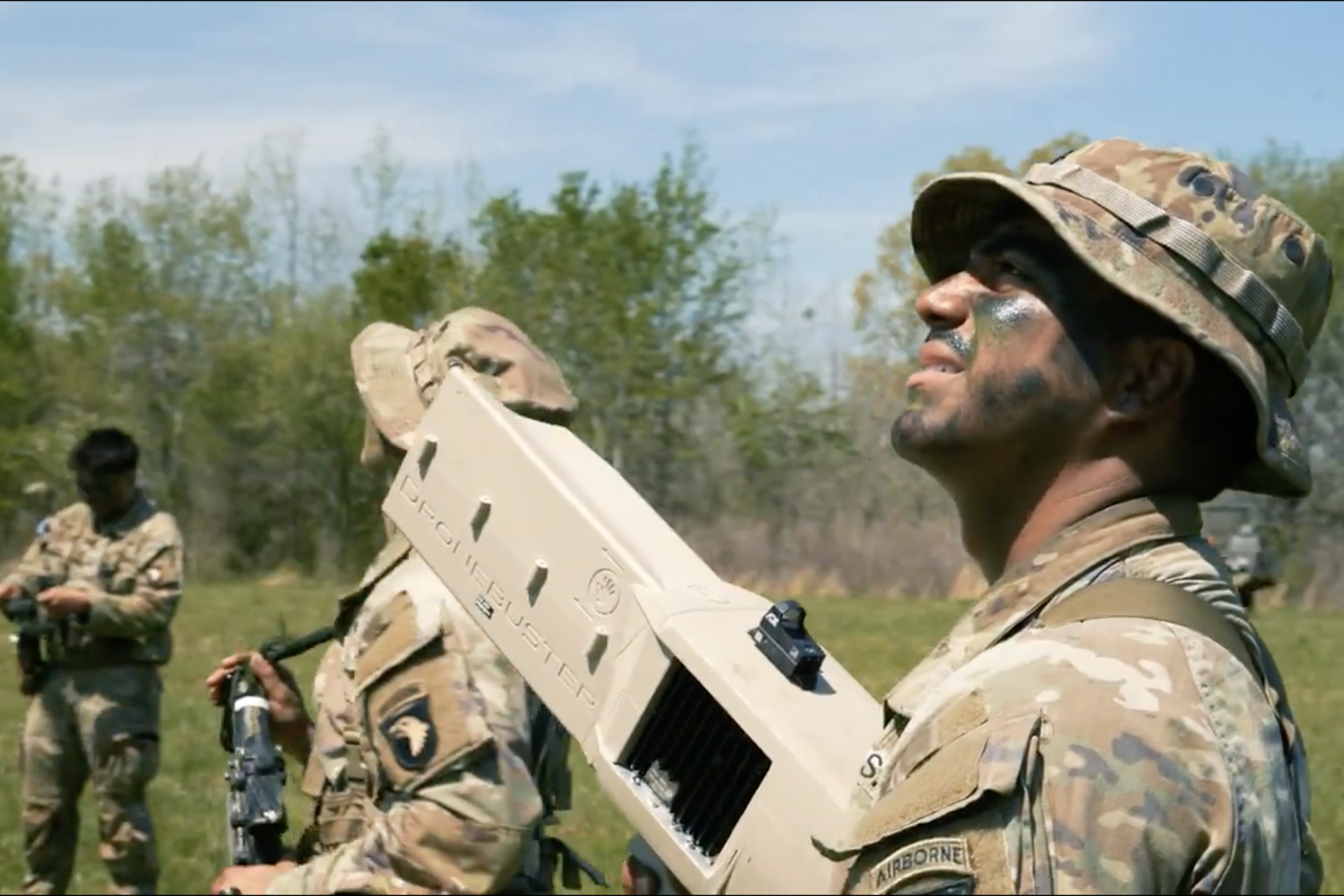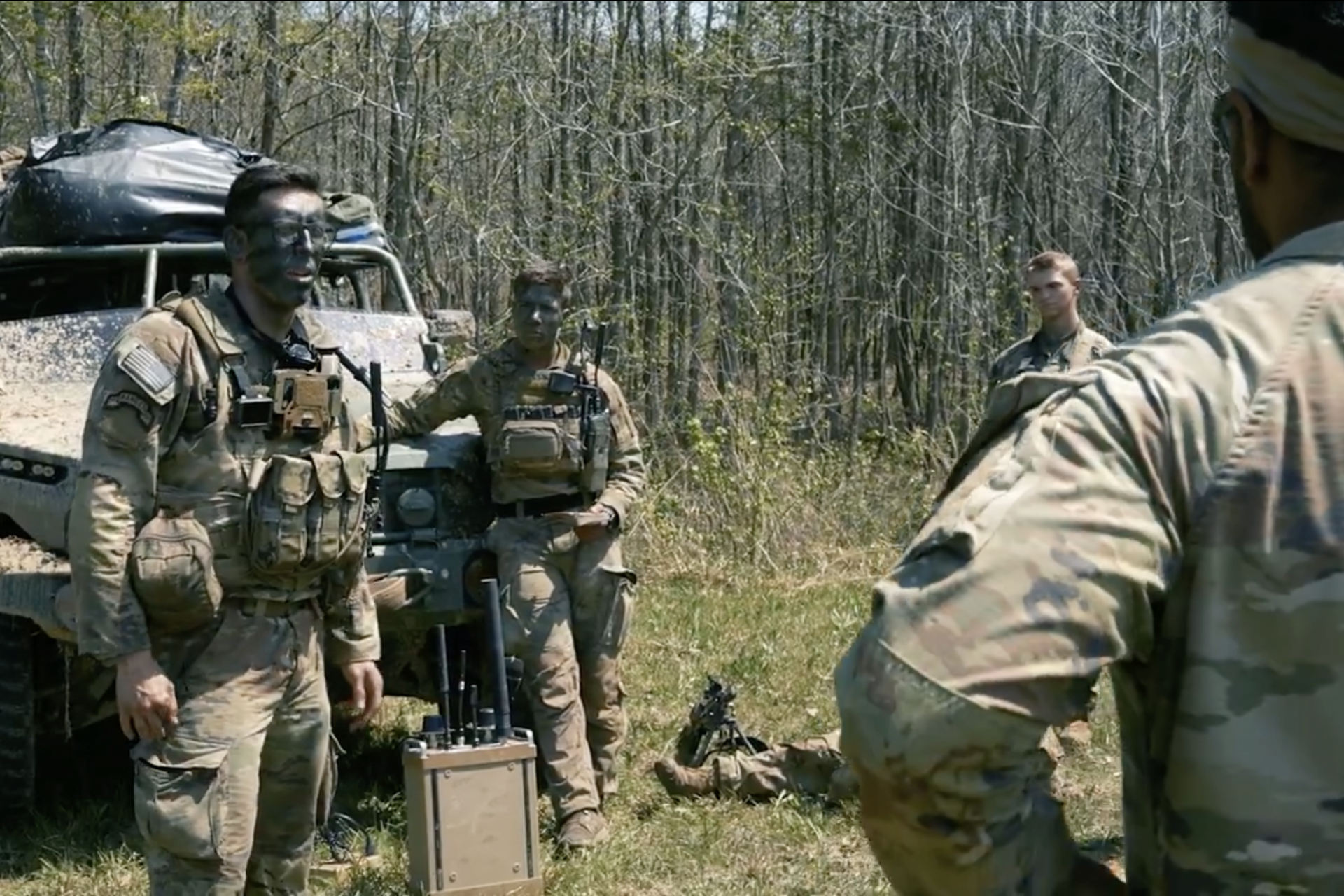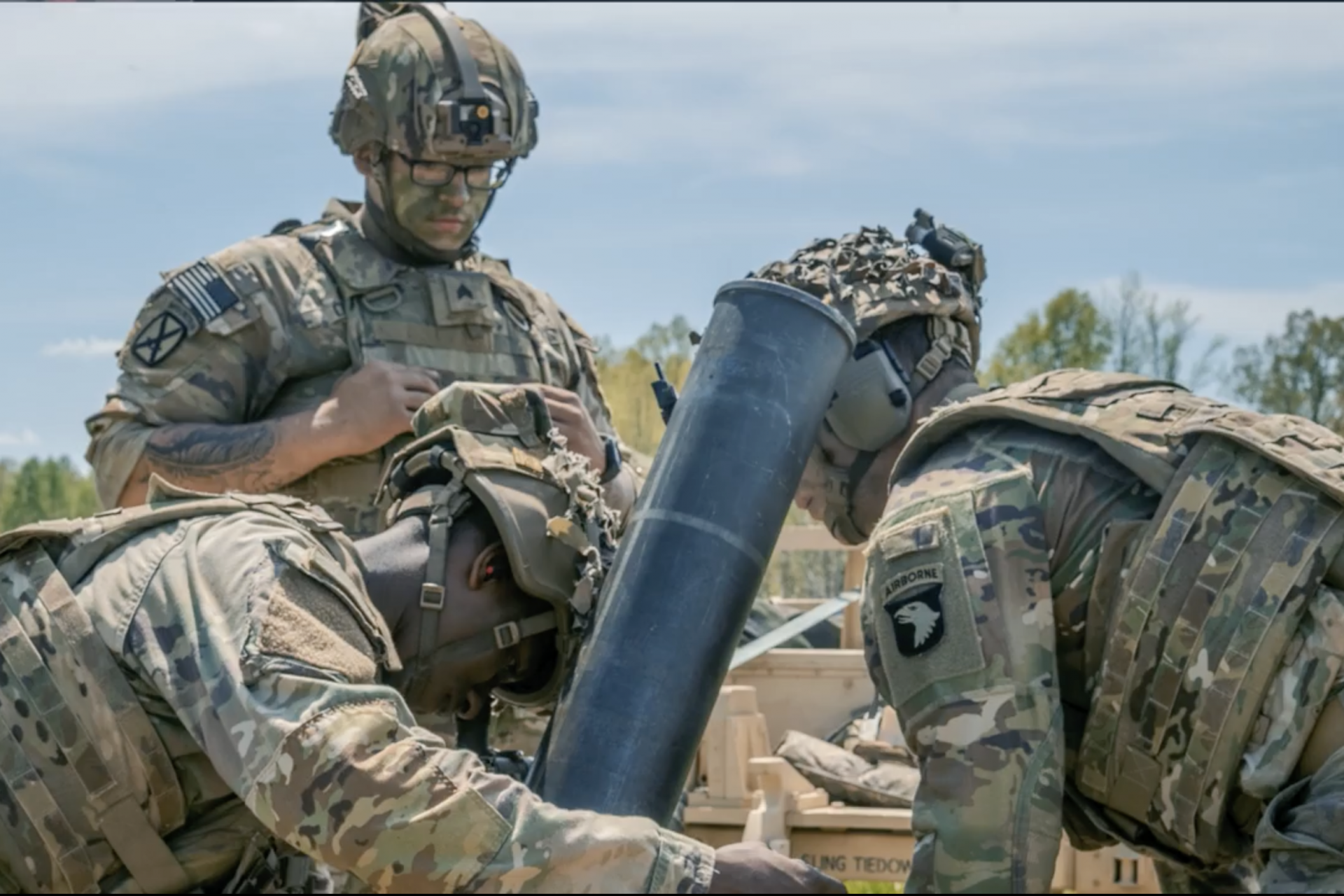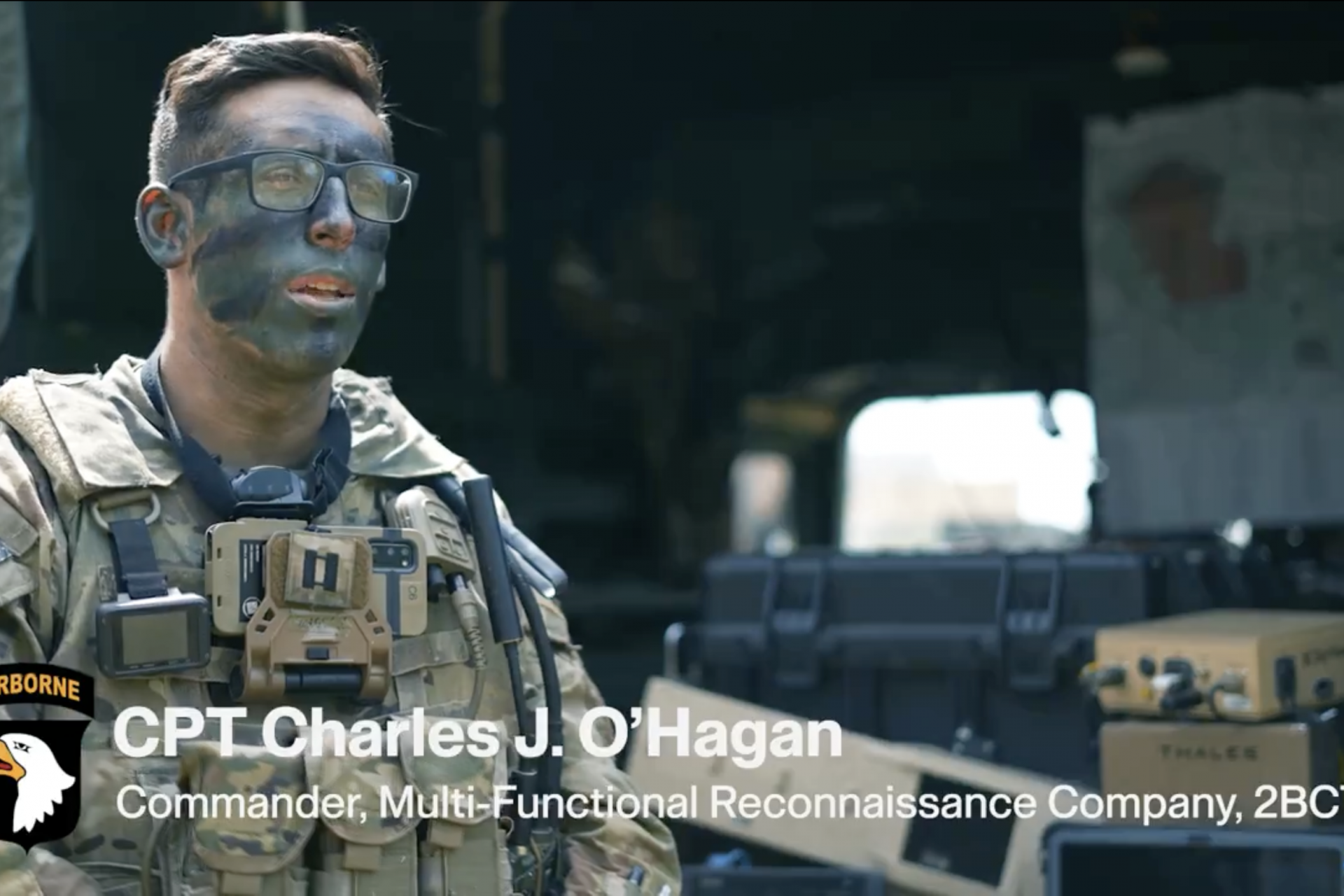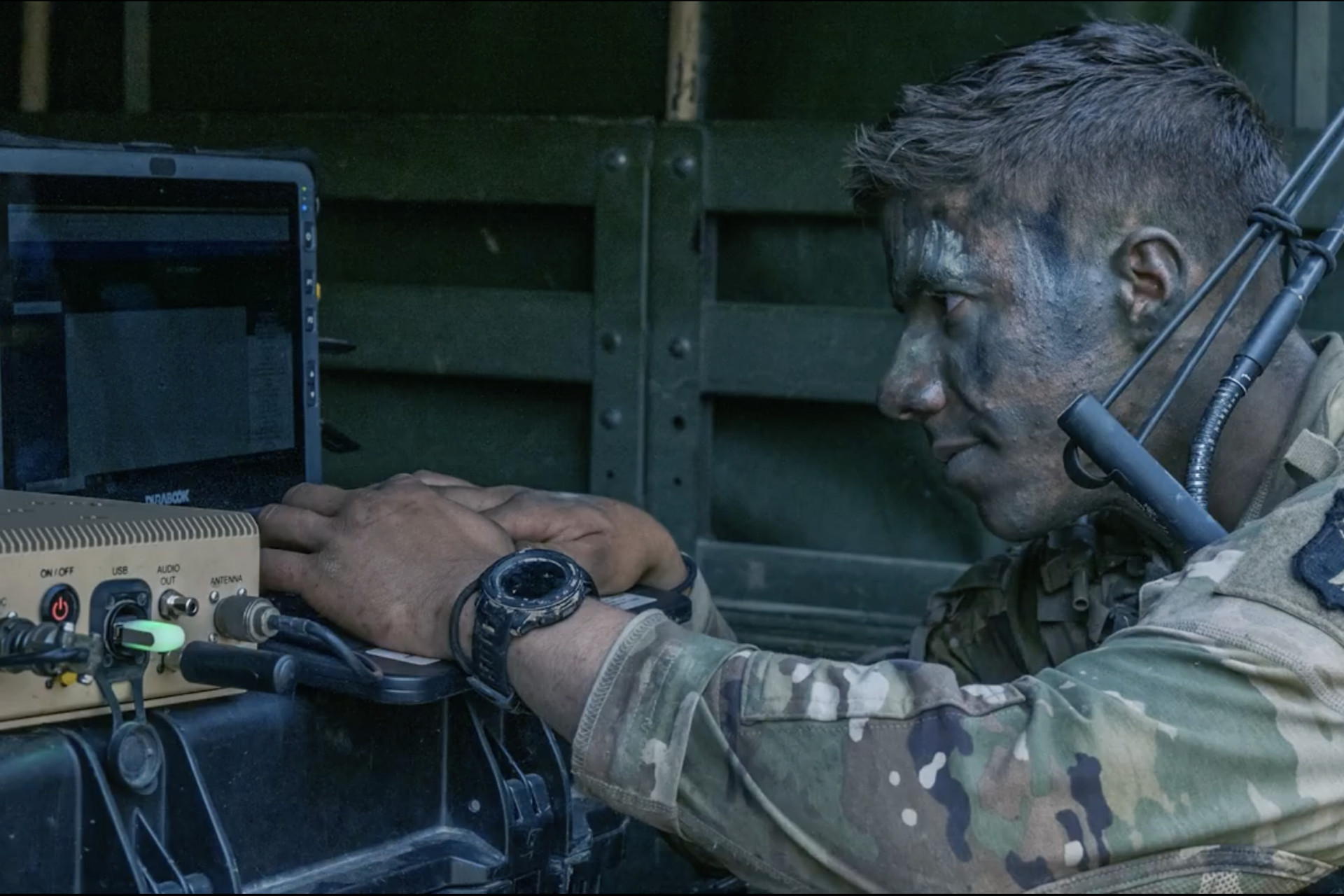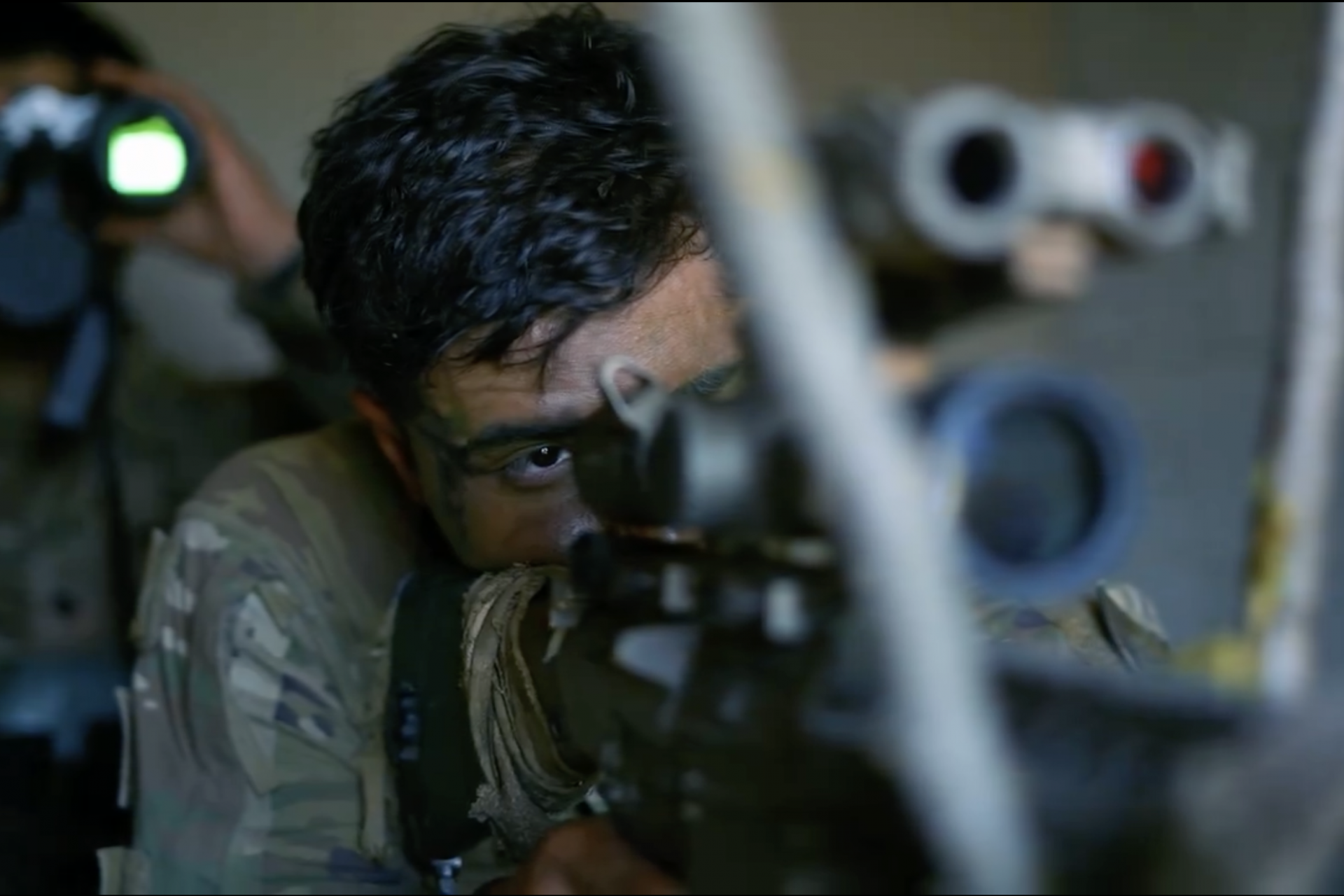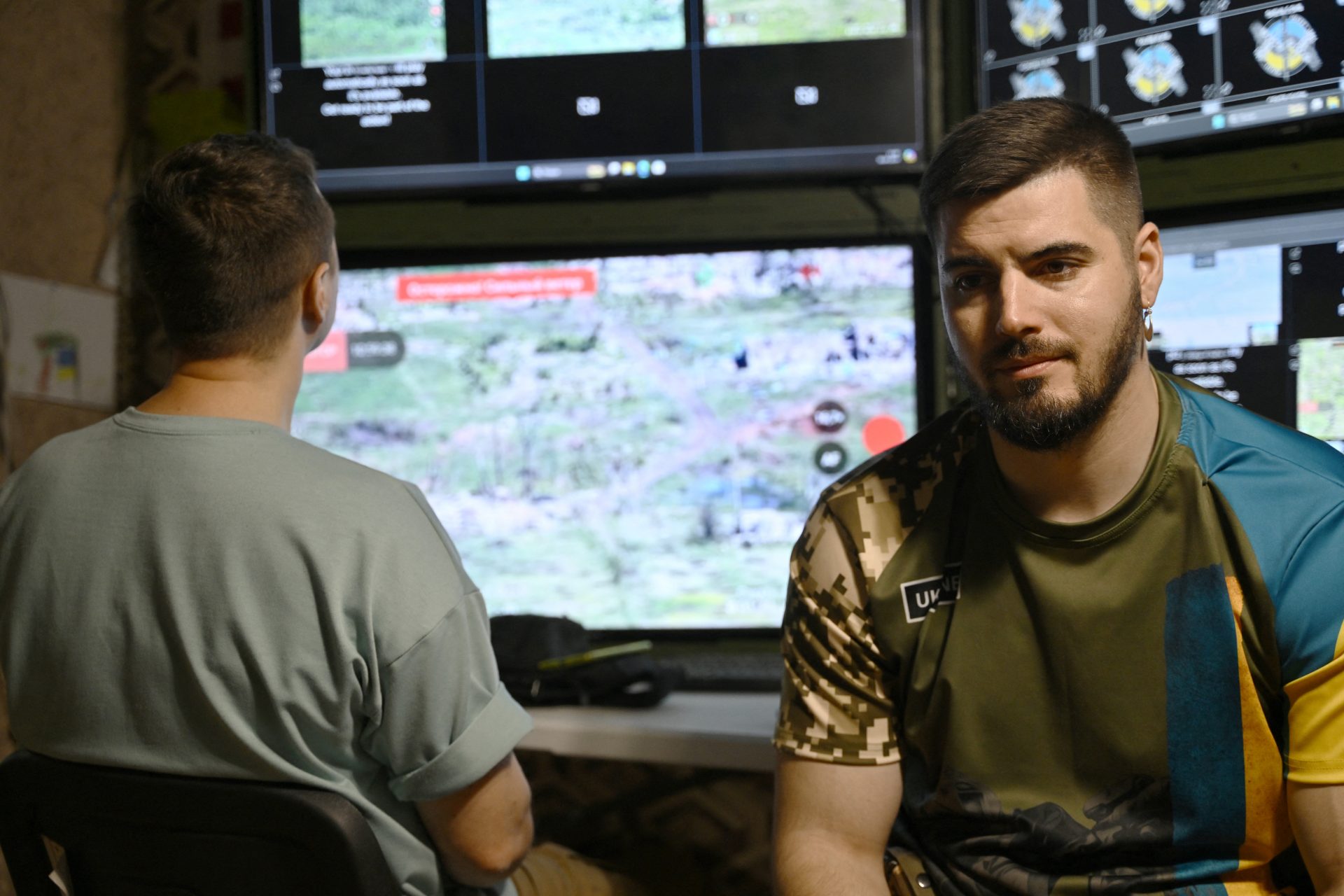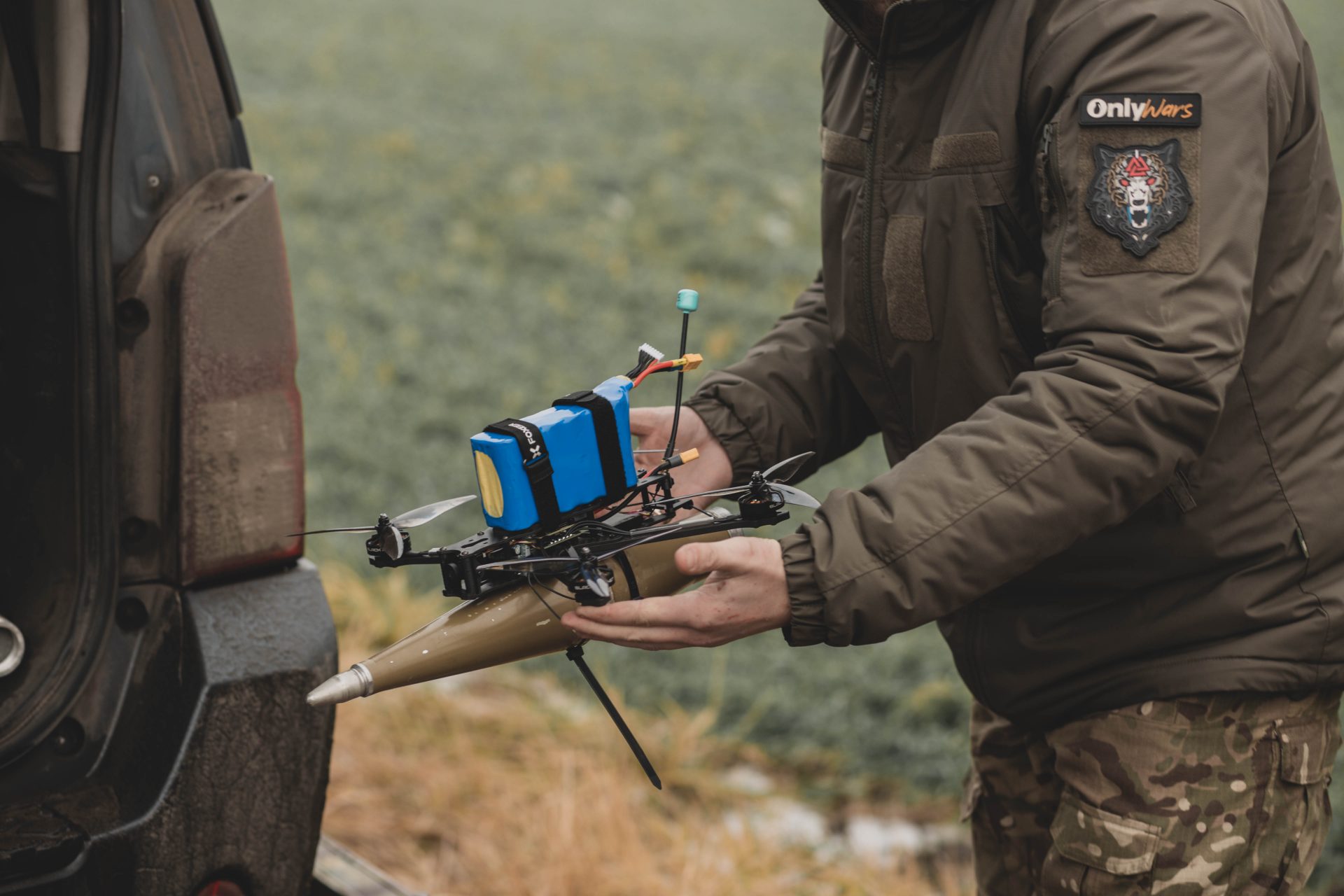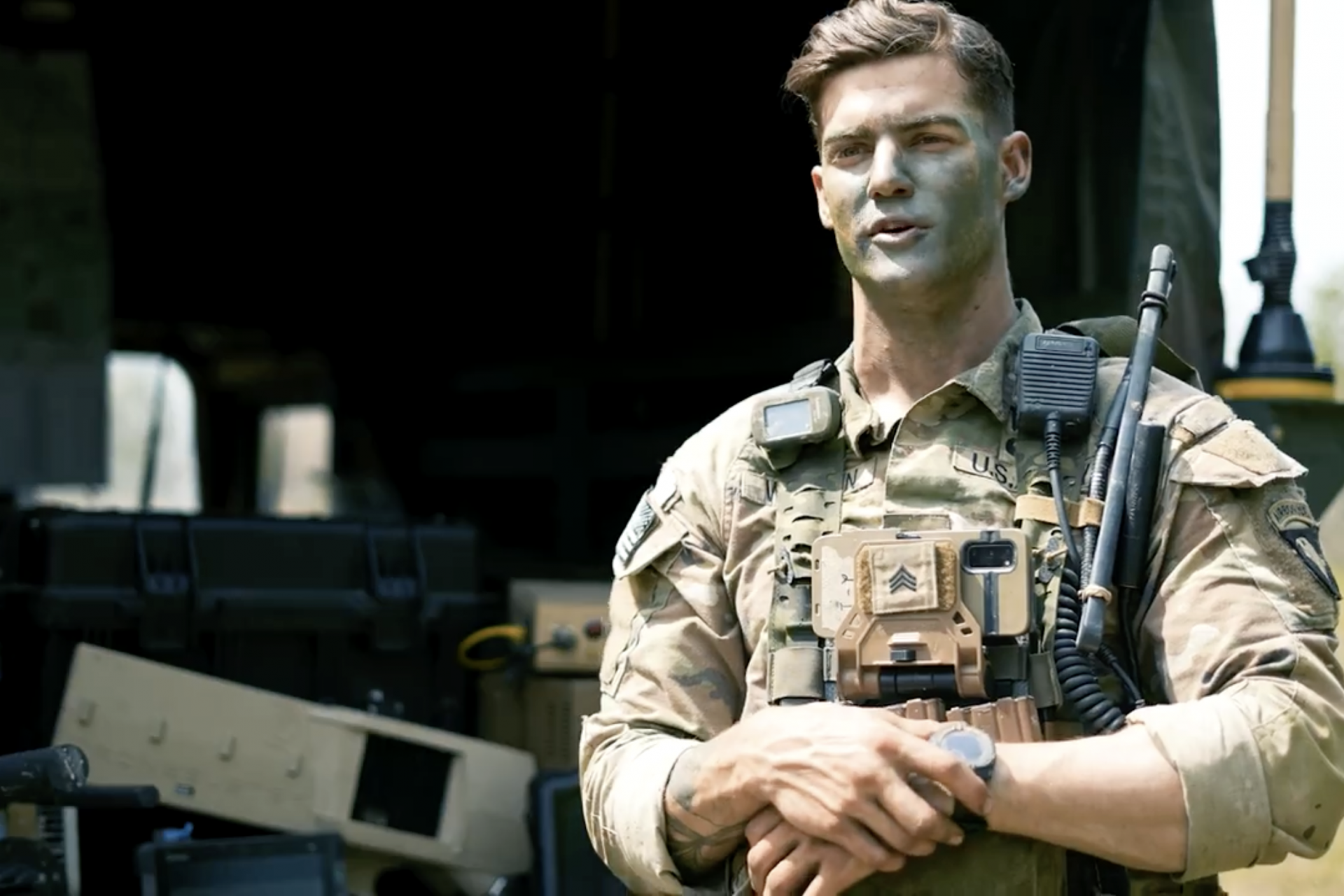The United States is building a new type of military unit and is taking pointers from Ukraine
Cheap consumer drones, military-grade autonomous weapons systems, and emerging electronic warfare have revolutionized the battlefield since Russia began its invasion of Ukraine, and Washington is trying to tap into the lessons that Kyiv has gained from its experiences.
Drones have become one of the most important weapons systems in the fight to defend Ukraine from Russia and the U.S. Army is reportedly using the lessons learned from he war to build a new kind of military unit.
Defense One reported the U.S. Army’s 101st Airborne Multi-Functional Reconnaissance Company put some of the lessons American war planners have learned about fighting modern wars with drones to the test during a recent combat exercise at Fort Johnson in Louisiana.
Photo Credit: Facebook @101st
The 101st Airborne's Multi-Functional Reconnaissance Company is a fairly new unit in the airborne formation, it was only launched in March 2024, and it is just one of 3 similar units that have been formed across the entire U.S. Army.
Photo Credit: Screenshot X @101stAASLTDIV
The Multi-Functional Reconnaissance Company, or MFRC, has been tasked with testing out new battlefield technologies in real-world conditions so the military can develop new doctrines to help units adapt to changing battlefield realities.
Photo Credit: Screenshot X @101stAASLTDIV
“As part of the Army's transformation initiatives,” the 101st Airborne Division explained on its social media channels in April when it released a video about the unit. “The Multi-functional Reconnaissance Company (MFRC) is a newly structured unit within 2BCT, 101st ABD (AA).”
Photo Credit: Screenshot X @101stAASLTDIV
The 101st Airborne went on to add that the MFRC would “use a wide array of emerging technologies and tactics to be the standard for battlefield reconnaissance.” Many of these new technologies issued to the unit were on display at Fort Johnson.
Photo Credit: Screenshot X @101stAASLTDIV
Defense One spent five days watching the MFRC use its new technology against an enemy force codenamed Geronimo across 250,000 acres of forest, and while the kills in the exercise may have been imaginary, the effectiveness of the new unit was not.
Photo Credit: Screenshot X @101stAASLTDIV
The MFRC is equipped with “commercial drones, counter-drone tech, electronic warfare tools, command and control software, deception equipment, hyper-mobile vehicles, and more,” according to Defense One, and this tech helped inflict some serious damage at Fort Johnson.
Photo Credit: Screenshot X @101stAASLTDIV
MFRC soldiers were able to destroy 29 pieces of Geronimo’s military equipment after a group of troops landed by helicopter on the battlefield according to MFRC Commander, Captain Charlie O’Hagan.
Photo Credit: Screenshot X @101stAASLTDIV
The 101st Airborne’s newest unit used drones to direct High Mobility Rocket Artillery fire and other indirect fire at enemy equipment. “Gone are the days of having to get close and put a soldier right in harm's way,” O’Hagan said according to Defense One.
Photo Credit: Screenshot X @101stAASLTDIV
“We want to leverage this equipment to reduce risk to force,” O’Hagan added. However, the exercise didn’t come without its problems. Defense One reported soldiers often had to troubleshoot issues and uncovered a host of issues with some of its key weapons.
Photo Credit: Screenshot X @101stAASLTDIV
The U.S. Army’s new doctrines and weapons have been heavily influenced by the lessons the world has learned from drone warfare that has taken place in Ukraine according to Major General Brett Sylvia, Commander of the 101st Airborne Division.
“There's so many lessons to be able to take from [the Ukrainians], and a lot of it does come down to the integration of new things, like the proliferation of [drones],” Sylvia said according to Defense One.
In February 2024, the Pentagon revealed it was planning to overhaul and revise the U.S. military’s playbook from one designed for counterterrorism operations to one a doctrine that will prepare US armed forces for larger conflicts against near-peer adversaries like Russia and China according to The Washington Post.
The MFRC is a good example of how the U.S. Army is trying to adapt to the new reality of modern war. The unit consists of 5 platoons which include 3 reconnaissance platoons, one drone and electronic warfare platoon, and one platoon that handles the operation of autonomous ground drones as well as other robotic and autonomous systems.
Never miss a story! Click here to follow The Daily Digest.
Photo Credit: Screenshot X @101stAASLTDIV
More for you
Top Stories



